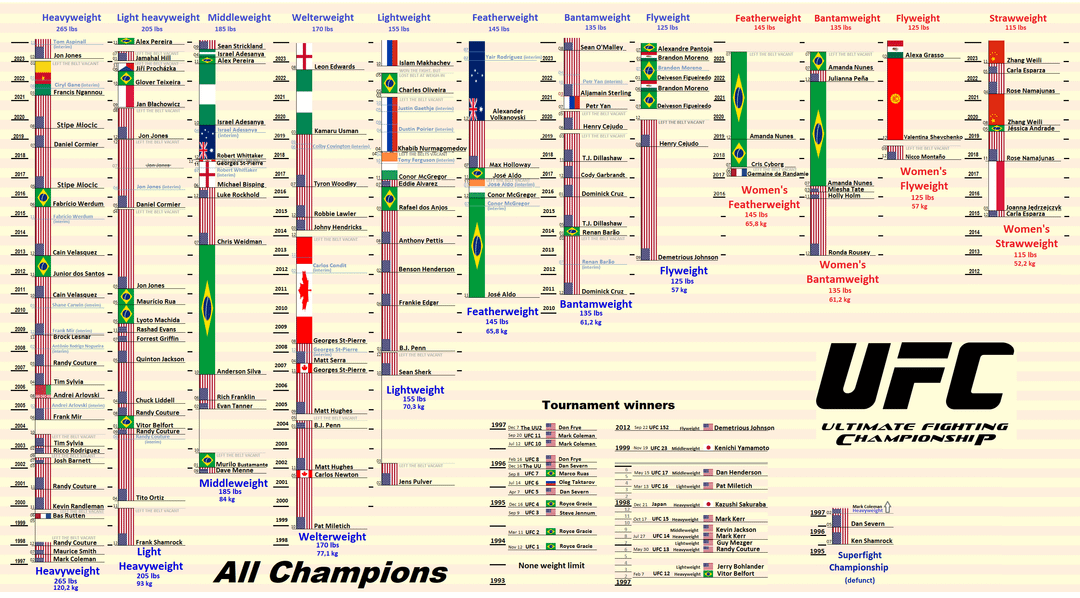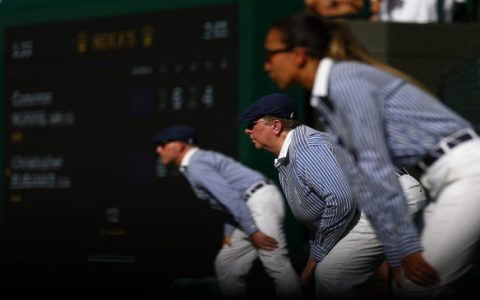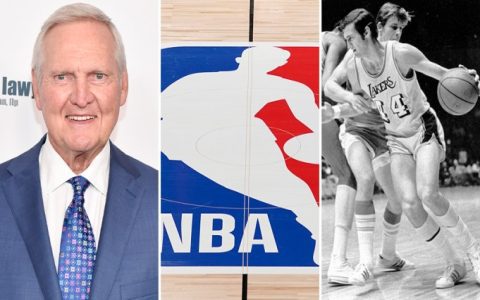Catchweight bouts in the UFC refer to fights agreed upon at a specific weight outside the standard championship divisions, typically when one fighter struggles to meet a contracted limit.
Early Instances & Origins (Pre-2005)
Catchweight bouts predate the Zuffa era (pre-2001). Early UFC events often featured fighters of vastly different sizes due to the absence of weight classes. The formalization of weight classes reduced the need, but catchweights remained a pragmatic solution for late matchmaking changes or fighters missing weight.
Notable Early Examples:

- UFC 45 (2003): Matt Lindland vs. Falaniko Vitale at 195 lbs.
- UFC 52 (2005): Matt Hughes vs. Frank Trigg II contested at 175 lbs. (non-title due to Trigg's weight miss).
The PRIDE Influence & Flexibility Era (Mid-2000s)
As the UFC absorbed PRIDE FC fighters, an organization historically more flexible with weights, catchweights became a bridge for popular fighters transitioning between divisions or settling natural rivalries. The policy was relatively ad hoc.
Key Examples:
- UFC 79 (2007): Lyoto Machida vs. Rameau Thierry Sokoudjou at 205 lbs. (Machida weighed ~211 lbs.).
- UFC 83 (2008): Michael Bisping vs. Charles McCarthy at 186 lbs.
- UFC 93 (2009): Mark Coleman vs. Maurício Rua at 205 lbs. (Coleman missed the 205 lb limit).
The Modern Era: Scrutiny & Policy Evolution (2010-Present)
Weight-cutting issues intensified, increasing catchweight occurrences:
- Weight Miss Consequences: Primary use became fights proceeding after one fighter misses weight. The offender is fined a percentage of their purse, usually 20-30%, surrendered to the opponent.
- Strategic Booking: The UFC increasingly initiated catchweights for high-profile matchups where a fighter wouldn't commit to a full division change or to facilitate quick turnarounds.
- Hydration Monitoring Implementation: The introduction of USADA (later Drug Free Sport International) and stricter hydration protocols indirectly influenced fights moving to catchweights due to failed weight cuts.
- Formalized Protocols: While catchweights are negotiated on a case-by-case basis, the penalty structure for missed weights and the process for sanctioning catchweights became more standardized under Athletic Commissions.
Key Modern Examples:
- UFC 139 (2011): Wanderlei Silva vs. Cung Le at 194 lbs.
- UFC 158 (2013): Jake Ellenberger vs. Nate Marquardt at 179.5 lbs.
- UFC Fight Night: Edgar vs. Faber (2015): Frankie Edgar vs. Urijah Faber at 145 lbs.
- UFC Fight Night: Covington vs. Woodley (2020): Colby Covington vs. Tyron Woodley at 180 lbs.
Evolution & Current Status
Catchweights evolved from practical necessity to a formalized contingency plan:

- Practical Solution: Remains the primary method for salvaging fights after a weigh-in failure.
- Strategic Tool: Used to create unique, fan-friendly matchups across traditional divisions.
- Financial Penalty: The fine structure disincentivizes missing weight but provides an alternative to fight cancellation.
- No Title Implications: Championship belts are never contested at a catchweight. The bout is non-title if the champion misses weight.
- Rule Codification: Athletic Commissions explicitly allow catchweights, often requiring both fighters' agreement and stipulating medical clearance if the agreed weight falls significantly between divisions.
There is no indication the UFC plans to add official catchweight divisions. They remain a negotiated exception, vital for fight logistics and matchmaking flexibility.






